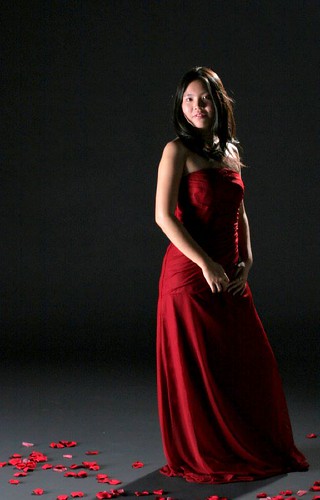
You all probably remember the series we did on studio lighting a while ago. While we were focused on the technical aspects of lighting a good portrait, it completely overlooks the art. Sure, what we came away with was a completely decent head and shoulders portrait. Looking at it now I realize it lacks any imagination and creativity.
Okay, that’s not totally fair. I shot those photos to demonstrate how changes in lighting change the look of a portrait, not as a demonstration in portrait photography. And yet it still bothers me. The reason it bothers me is that many photographers would think that’s a perfectly fine portrait.
You can have the camera, the lens, and the lighting and take fantastically lit portraits that are technically near perfect, and still produce average work lacking in imagination and creativity.
The Essence Of a Great Portrait
The essence of a great portrait doesn’t come from the lighting or the camera, it comes from getting to know the person and capturing the essential qualities that make them unique. I don’t think the best portraits always come in a studio setting, they come taking the shots at home, in the shop, or where they work. Maybe that’s my background as a photojournalist talking, but those are the places people are most relaxed and most likely to be themselves.
If you are going to work in a studio, which does offer a lot of advantages, have the person bring something unique to them. For someone like my sister in law, I’d have her bring her knitting bag. I have a friend in Seattle, for her it would be one of her bikes and one of her cats. How you work such bizarrely different props into a single picture, that’s what you get the big bucks to figure out.
The bottom line is anyone who thinks they can capture a person just by having them sit on a stool or stand in front of a background is doing them a disservice. Spend some time getting to know your subjects and figure out what makes them unique.
Good portraits show people on the outside, great portraits show people on the inside.

